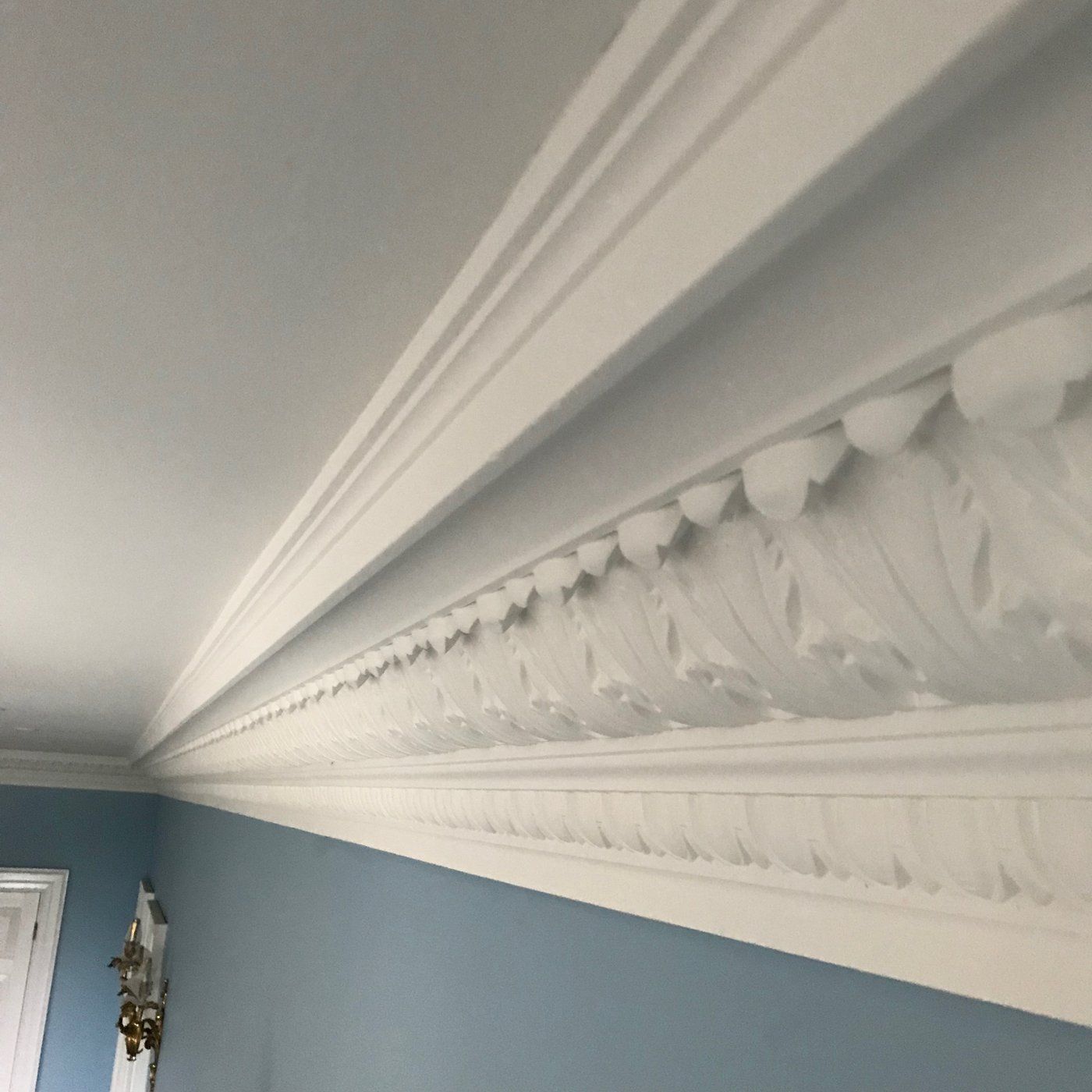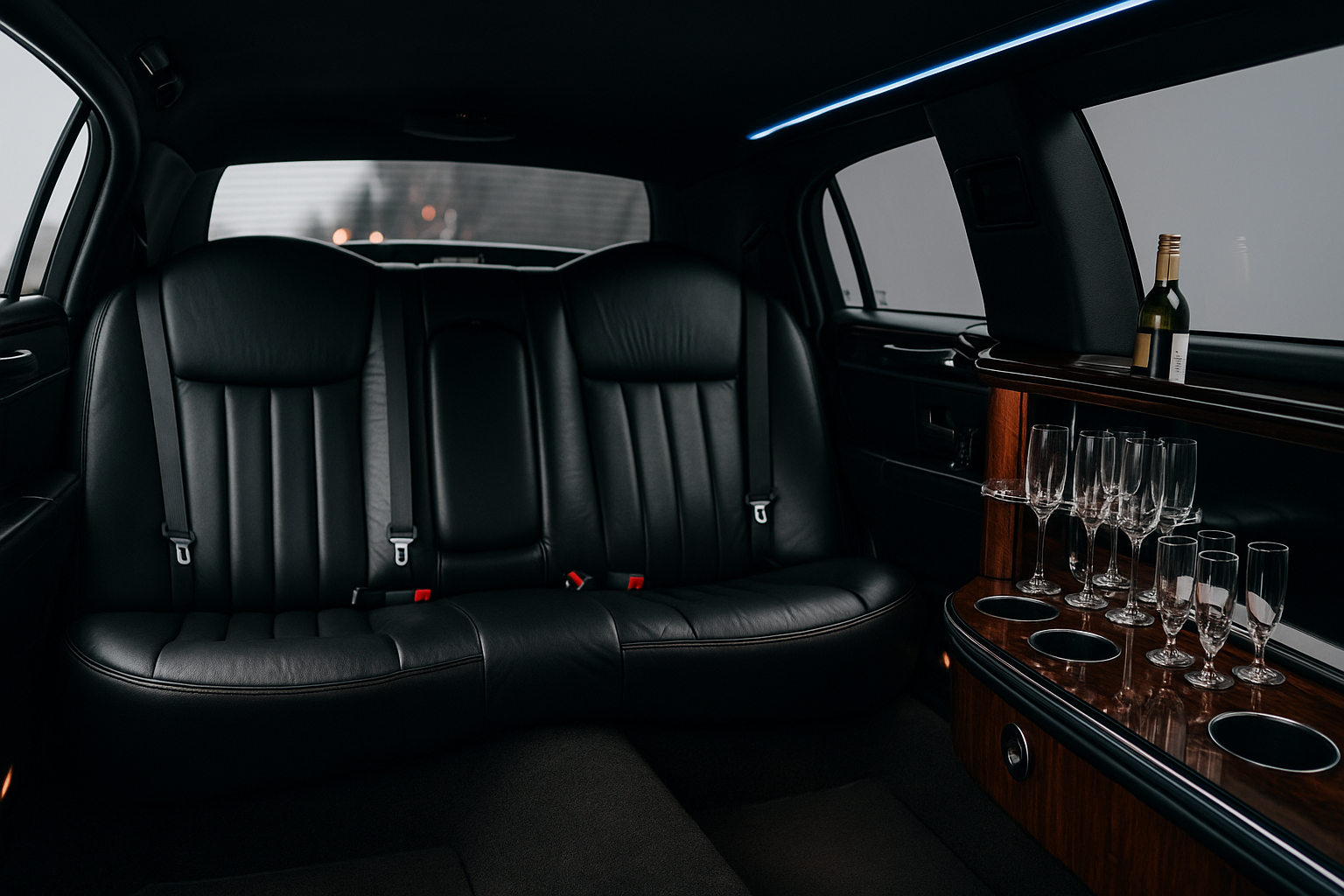Are you living in London and looking for some aesthetically appealing but durable decorative ideas to transform your home into a comfortable and stylish living place? You don’t need to spend a lot of money on a complete renovation. Focusing on some simple details can make a significant difference and help you achieve desired results.
From plaster coving to ornate ceiling roses, there are several decorative elements that can instantly upgrade your home’s appeal and value. However, you first need to understand each element or idea and its impact on your home to ensure you are making the right choice.
Top 10 Decorative Elements for London’s Homes
1. Plaster Coving
Plaster coving in London is a rapidly growing trend. It is a decorative strip fitted where the wall meets the ceiling, creating a smooth and elegant transition between the two. It comes in different shapes and patterns, allowing you to choose something plain for a modern look or detailed for a classic style. You can use it either to hide rough edges or add an extra touch of style to your room.
2. Ceiling Roses
It is a decorative element fixed to the ceiling, often in the centre of a room where a light fitting hangs. Traditionally found in older homes, but modern designs also make them suitable for contemporary interiors. They work by framing your light fixture and creating a focal point, drawing the eye upwards and giving your home a more refined and unique appearance.
3. Decorative Wall Panelling
Decorative wall panelling involves adding raised or recessed designs to walls using wood, MDF, or other materials. It can be applied halfway up the wall for a traditional feel or from floor to ceiling for a bolder look, adding texture, depth, and interest to plain walls. Most homeowners used them to hide imperfections and protect surfaces from damage.
4. Cornices
Cornices are decorative mouldings that run along the top of walls where they meet the ceiling. They are similar to coving but often more detailed and ornate, providing a frame for the ceiling and adding depth and architectural style to the room. They are especially effective in properties with high ceilings, as they help balance the proportions of the space and make your home feel more luxurious.
5. Architraves
Architraves are the mouldings that frame doors and windows, giving them a finished and tidy look. They are usually used to cover the joints between the wall surface and the door or window frame, creating a neat boundary. The best thing is that they are found in both simple and highly decorative forms to enhance the overall feel of a room while protecting the edges of openings from wear and tear.
6. Skirting Boards
Skirting boards run along the bottom of interior walls, covering the joint between the wall and the floor. They are available in different heights and profiles, allowing you to match them to your interior style. Adding them not only protects walls from scuffs and damage but also adds a neat finishing touch. Additionally, you can paint them to blend with the wall colour or to create contrast.
7. Picture Rails
It is a narrow moulding fixed horizontally around the walls, usually high up but below the ceiling. Traditionally, it was used to hang pictures without damaging the walls, but nowadays it serves both decorative and practical purposes, such as to create a visual break in the wall, which can be highlighted with paint or wallpaper above and below it.
8. Decorative Niches
They are recessed spaces built into walls to display art, sculptures, or lighting. From arched to rectangular, you can find them in any custom shape, depending on your design preference and add depth and elegance to your room. They are suitable for hallways, living rooms, or even bathrooms.
9. Ceiling Beams
Ceiling beams are structural or decorative horizontal elements across a ceiling. They can be made of wood for a rustic look or painted for a more modern style. Homeowners usually used them to add character and make a space that felt warmer and more inviting. They are particularly effective in rooms with high ceilings, cottages, converted lofts, or period homes.
10. Fibrous Plasterwork
Fibrous plasterwork involves creating intricate decorative features using a mix of plaster and fibres, making it lightweight yet strong. It is often used for cornices, ceiling centres, wall mouldings, and other ornamental details. So, if you want a refined, high-end finish that instantly elevates the look of your interiors, fibrous plaster in London is an ideal choice for you. All these decorative elements are very popular and cost-effective, enabling you to add a luxurious and modern look to your home. So you can choose any one of them depending on your home type, budget and needs. Consulting with a professional can help you make the right choice.



